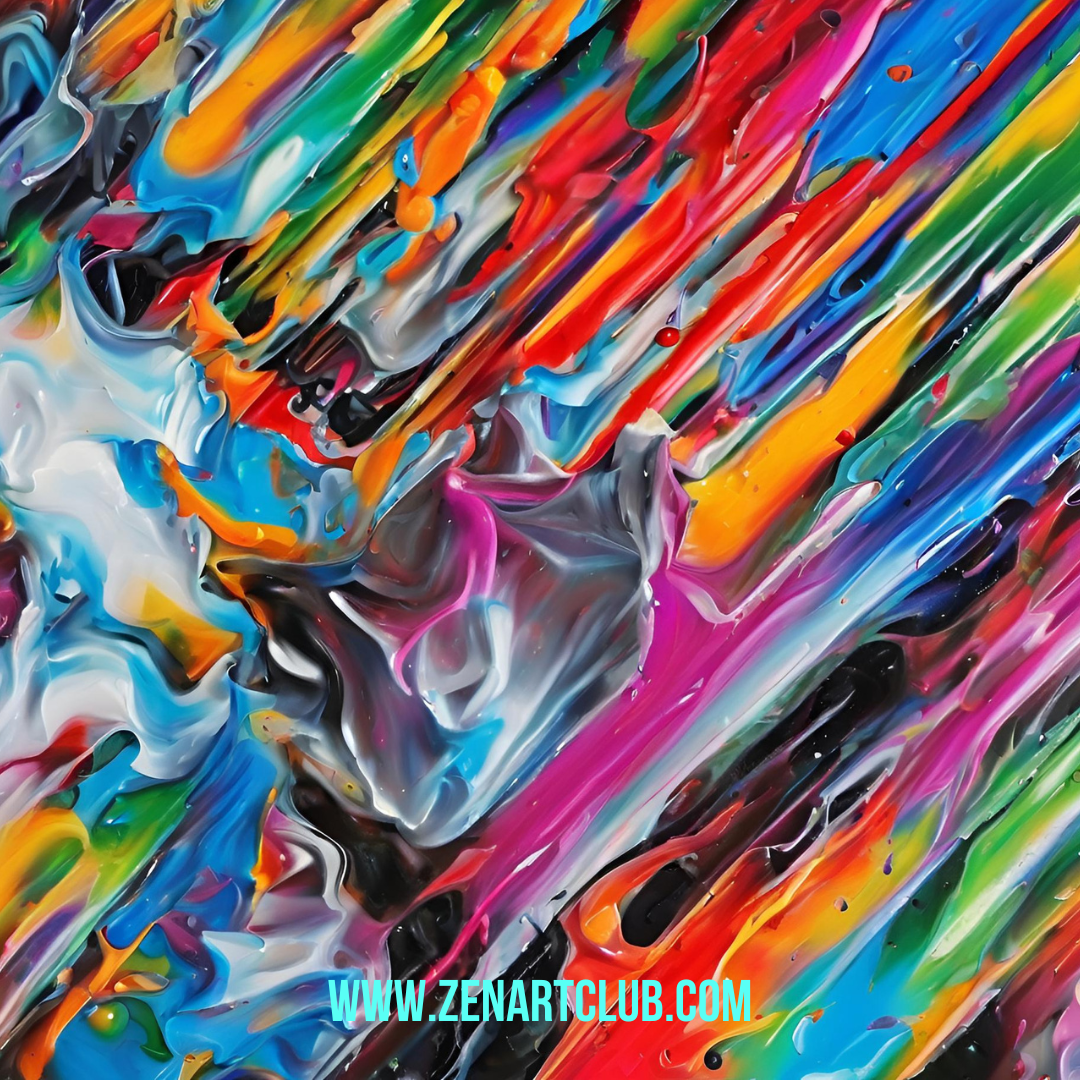7 Basic Elements Of Art

The seven elements of art are the foundational building blocks used by artists to create and analyze their work. Each element contributes to the overall composition and can be manipulated to evoke specific emotions, create depth, and convey meaning. Here’s an in-depth look at each of these elements:
1. Line
Description: A line is a continuous mark made on a surface by a moving point. It is the most fundamental element of art and can be straight, curved, wavy, or angular.
Types:





- Horizontal Lines: Conveys calmness and stability.
- Vertical Lines: Suggests strength and growth.
- Diagonal Lines: Implies movement and tension.
- Curved Lines: Adds fluidity and softness.
- Zigzag Lines: Conveys energy and excitement.
Effect: Lines can define shapes, create textures, and indicate movement. They guide the viewer’s eye across the artwork and can be used to convey mood and emotion.
Usage Example: In Vincent van Gogh’s “Starry Night,” the swirling lines in the sky convey a sense of movement and energy.

2. Shape
Description: Shapes are two-dimensional, flat areas defined by boundaries such as lines or changes in color or texture. They can be geometric (squares, circles, triangles) or organic (irregular, free-form shapes).
Types:


- Geometric Shapes: Precise and mathematical, like squares and circles.
- Organic Shapes: Free-form, irregular shapes found in nature, like leaves and clouds.
Effect: Shapes are used to create the illusion of objects, spaces, and forms. They can evoke different emotions based on their form—geometric shapes often feel orderly, while organic shapes can feel more natural and dynamic.
Usage Example: Pablo Picasso’s use of geometric shapes in “Les Demoiselles d’Avignon” creates a fragmented and abstract composition.

3. Form
Description: Form refers to the three-dimensional quality of an object, including its volume and thickness. Forms have depth, width, and height, and can be viewed from multiple angles.
Types:


- Geometric Forms: Three-dimensional shapes like cubes, spheres, and pyramids.
- Organic Forms: Irregular, natural forms like a tree or a human body.
Effect: Form creates the illusion of volume and space in a two-dimensional work. It adds realism and depth, making objects appear more lifelike.
Usage Example: The sculptures of Michelangelo, like “David,” showcase the use of form to depict the human body in a realistic and dynamic manner.

4. Color

Description: Color is produced when light reflects off an object. It consists of hue (the name of the color), value (lightness or darkness), and intensity (brightness or dullness).
Components:
- Hue: The name of the color (red, blue, green).
- Value: The lightness or darkness of a color.
- Intensity: The brightness or dullness of a color.
Effect: Color can evoke emotions, create moods, and attract attention. Warm colors (reds, oranges) are often associated with energy and passion, while cool colors (blues, greens) suggest calmness and serenity.
Usage Example: Claude Monet’s “Water Lilies” series uses a soft color palette to create a tranquil and reflective atmosphere.

5. Texture
Description: Texture refers to the surface quality of an object, which can be real (tactile) or implied (visual). It describes how an object feels or looks like it would feel.
Types:

Tactile Texture
Visual Texture
- Tactile Texture: Actual texture that can be felt, like the roughness of a tree bark.
- Visual Texture: The illusion of texture created through the use of line, shading, and color.
Effect: Texture adds depth and interest to an artwork. It can create a sense of realism or exaggeration, depending on how it is used.
Usage Example: Vincent van Gogh’s “Irises” uses thick, impasto brush strokes to give the painting a textured, almost three-dimensional quality.

6. Space
Description: Space refers to the area within, around, above, or below an object or objects in a composition. It includes both positive space (the objects) and negative space (the empty areas around and between objects).
Types:
- Positive Space: The areas occupied by objects or forms.
- Negative Space: The empty areas around or between objects.
Effect: Space can create the illusion of depth, perspective, and distance. It helps to organize and balance the elements within a composition.
Usage Example: In Leonardo da Vinci’s “The Last Supper,” the use of linear perspective creates a sense of depth, leading the viewer’s eye to the focal point of the painting.

7. Value
Description: Value refers to the lightness or darkness of a color. It helps to create contrast, emphasis, and depth in an artwork.
Scale:
- High Key: Light values that create a sense of airiness and openness.
- Low Key: Dark values that suggest mystery and drama.
- Midtone: The middle range of values, providing balance.
Effect: Value can highlight the form and structure of objects, define shapes, and suggest light and shadow. It helps to create the illusion of three-dimensionality on a two-dimensional surface.
Usage Example: In Rembrandt’s “The Night Watch,” the dramatic use of light and dark values highlights the figures and creates a sense of depth and volume.

Conclusion
The seven elements of art—line, shape, form, color, texture, space, and value—are essential tools for artists to express their ideas, emotions, and creativity. Mastering these elements allows for the creation of visually compelling and meaningful artwork.
- Lines: Various types of lines, including straight, curved, and zigzag, forming different shapes.
- Shapes: Geometric and organic shapes arranged in a balanced composition.
- Form: Three-dimensional objects like spheres and cubes to demonstrate form.
- Color: A vibrant color palette with a variety of hues, values, and intensities.
- Texture: Both tactile and visual textures, such as a rough tree bark and smooth glass.
- Space: Use of positive and negative space to create depth and perspective.
- Value: A range of light and dark values to highlight the forms and create contrast.
Discover more from Zen Art Club
Subscribe to get the latest posts sent to your email.

